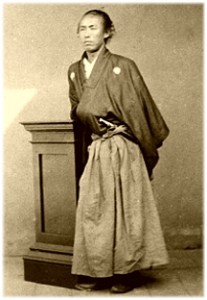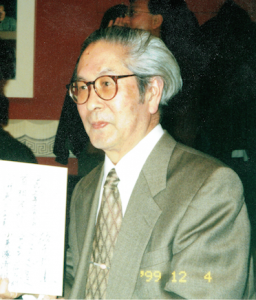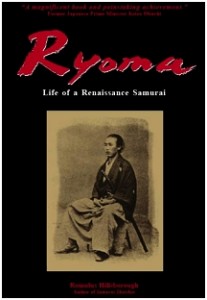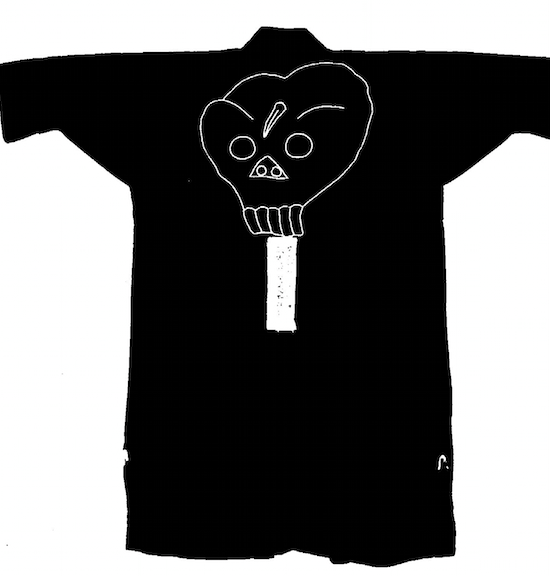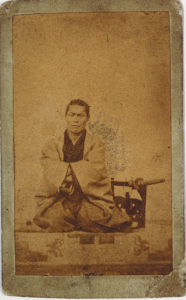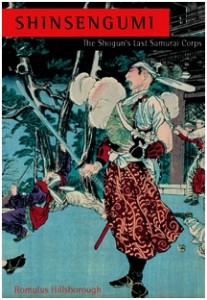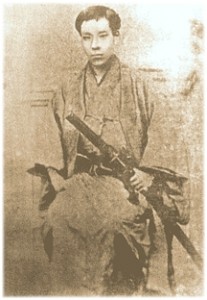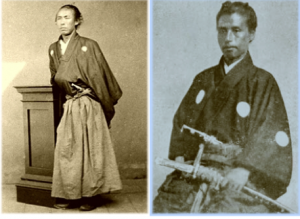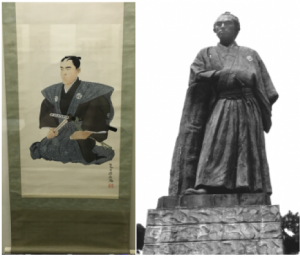Recently I’ve been posting a lot of material about Sakamoto Ryoma. One of Ryoma’’s closest cohorts in the revolution to topple the Tokugawa Bakufu was Takasugi Shinsaku, the leader of Choshu’s revolutionary army. Aside from a bout of the smallpox that nearly killed him at age nine, Takasugi reportedly spent a relatively uneventful childhood as the only son of a high-ranking samurai in Hagi, the castle town of Choshu. Not much is known about his childhood, although a few anecdotes have been passed down.
One day during the New Year holiday of his fifth year, as he flew a kite near his home in observance of a New Year tradition, a visitor appeared. The visitor, a samurai, was dressed formally for the occasion in fine clothes–hakama and haori displaying his family crest–a gift from the Choshu daimyo. He had come to exchange New Year’s greetings with the Takasugi family. Just as he passed by the boy, the kite fell to the ground near a muddy patch of melting snow. The visitor accidentally stepped on the kite, crushing it. Since nobody was present but a small boy, he disregarded the incident and continued toward the house. But the boy was angry and picked up a handful of mud, with which he threatened to soil the visitor’s clothes unless he apologized. The visitor begged the small boy’s pardon and continued on his way.
Another episode indicative of Takasugi Shinsaku’s indomitable spirit involves the custom among the samurai of Hagi to send their young sons to the local execution grounds to witness the beheadings of criminals—which was supposed to nurture bravery. One day his mother prepared a boxed lunch and told him to go and watch the beheadings with other samurai boys. After the first beheading some of the boys ran home in horror. But not Shinsaku, who ate his boxed lunch and remained until the end of the day to watch the entire series of executions.
(source: Furukawa, Kaoru. Takasugi Shinsaku. Osaka: Sogensha, 1986; pp. 14-16)
For updates about new content, connect with me on Facebook.
Read more about Takasugi Shinsaku in my historical narrative, Samurai Revolution, and my biographical novel, Ryoma: Life of a Renaissance Samurai.
Ryoma: Life of a Renaissance Samurai, the only biographical novel about Sakamoto Ryoma in English, is available on Amazon.com.
